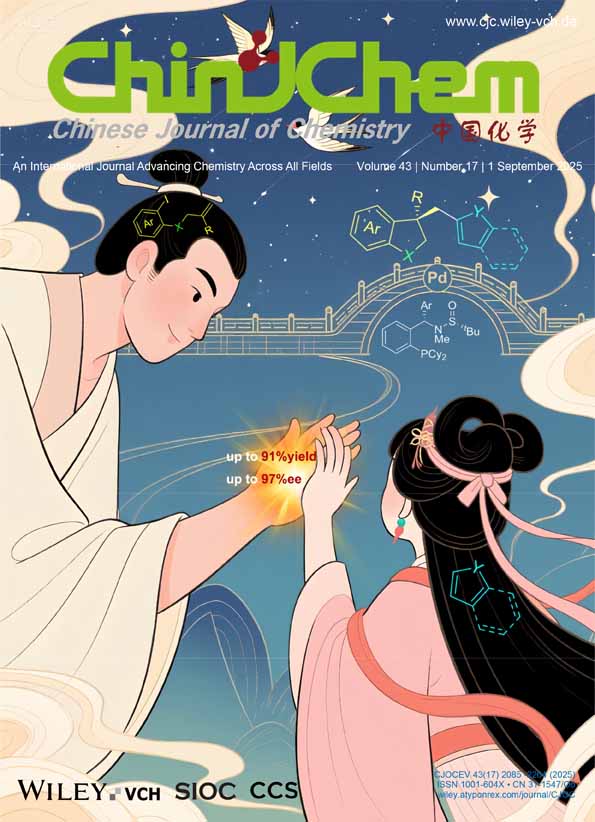Determination of Potassium Ferrocyanide in Foods by Resonance Rayleigh Scattering Method with Double-Charged Triaminotriphenylmethane Dyes
Abstract
In pH 1.0 acidic medium, double-charged triaminotriphenylmethane dyes such as methyl green (MeG) and iodine green (IG) react with potassium ferrocyanide to form 2:1 ion-association complexes by virtue of electrostatic forces and hydrophobic interaction. It results in the change of absorption and the great enhancement of resonance Rayleigh scattering (RRS) and the appearance of new RRS spectra. Two systems have similar spectral characteristics and their maximum RRS wavelengths are all located at 276 nm and smaller peaks are located at 332 and 457 nm, respectively. The intensity of RRS is directly proportional to the concentration of [Fe(CN)6]4− in the range of 0.03–5.7 µg·mL−1 (MeG system) or 0.04–5.9 µg·mL−1 (IG system). The RRS method has high sensitivity and the detection limit (3σ) for potassium ferrocyanide is 9.3 ng·mL−1 (MeG system) or 11.2 ng·mL−1 (IG system). The optimum conditions, influencing factors and effects of foreign substances are investigated. The method also has a good selectivity. A sensitive, rapid and simple RRS method for the determination of potassium ferrocyanide in salinized food and table salt has been developed.




